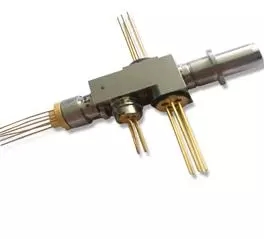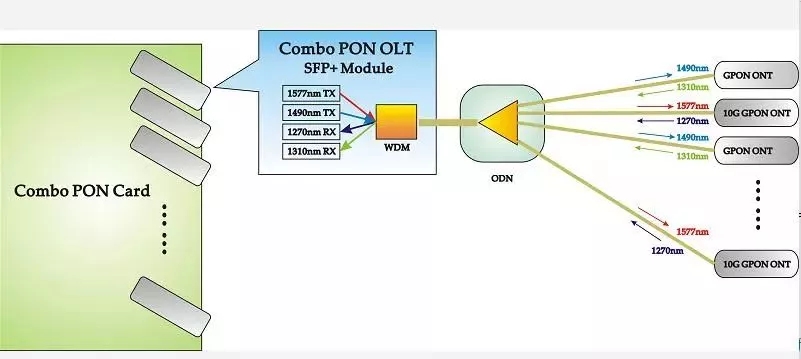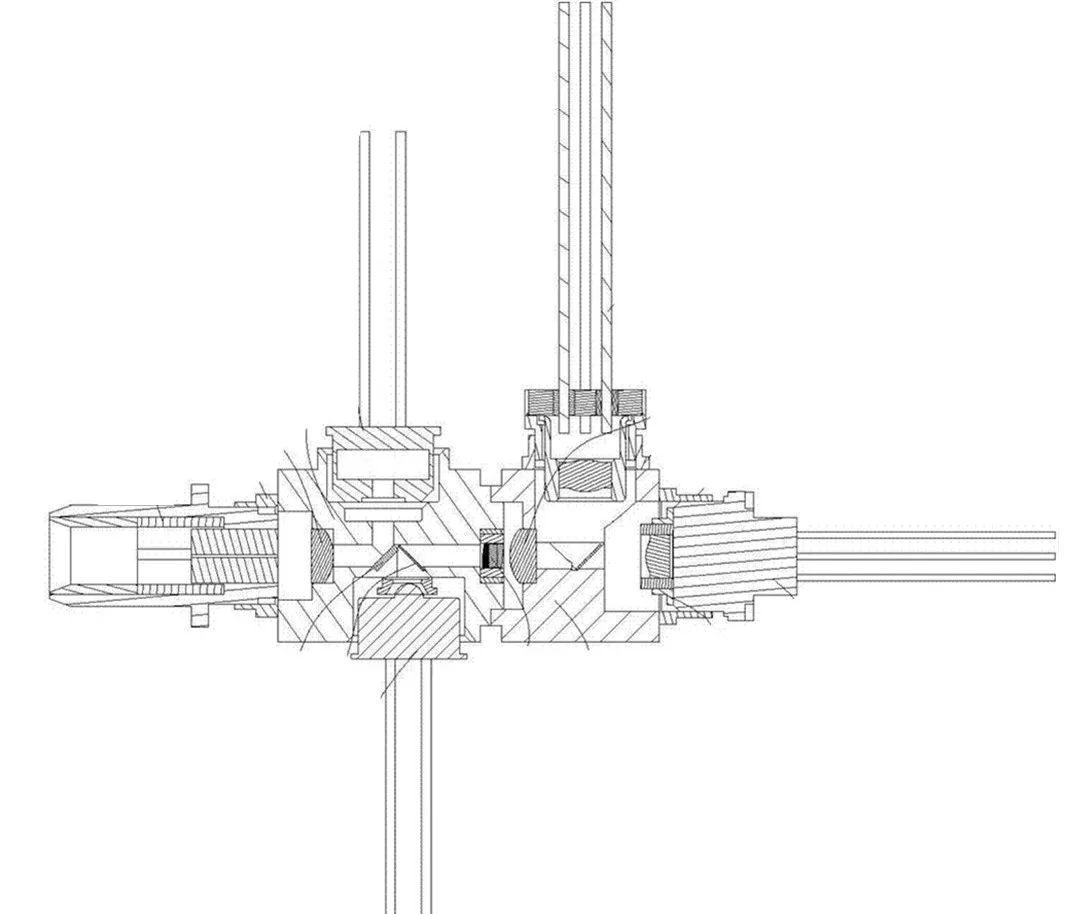How is Combo PON compatible with GPON and XGPON?
With the implementation of the “Broadband China” and “Speed-up and fee-reduction” strategies, China ’s fixed broadband network capabilities have been continuously improved; user broadband has changed from 10M and below to 50M / 100M / 200M, and has evolved towards Gigabit; broadband network infrastructure Mutual promotion with high-definition video and Internet services.
To achieve the leap from “100M” to “Giga”, PON technology needs to be upgraded to 10G PON. One of the main constraints on the scale deployment of 10G PON is cost. The cost of 10G PON equipment includes the cost of optical modules, chipsets, and PCD packaging. The cost of optical modules and chipsets is the main factor.
China Telecom’s 2018 10G PON centralized acquisition test and bidding mainly includes three parts: GPON, 10G-EPON, and XG-PON equipment. China Mobile’s 2018 GPON equipment collection includes GPON, XG-PON, XGS-PON equipment. XGS-PON is the first time.
GPON is upgraded to XGPON1 or XGSPON. At present, the mainstream solution on the market is the external multiplexer solution. In this solution, the signals of GPON and XGPON1 / XGSPON are multiplexed in the WDM mode by adding an XGPON1 / XGSPON board card, and then an external multiplexer is transmitted to remote users. The principle of this solution is relatively simple, but there are many disadvantages such as long upgrade opening period, high cost, many supporting equipment, and large space occupation. Moreover, the introduction of an external multiplexer will also bring additional optical power loss, which will have an impact. Risks for existing customer business.
Combo PON is a combination of GPON and XGPON1 / XGSPON. Its principle is to simultaneously realize the independent transmission and reception of GPON and XGPON1 / XGSPON optical signals in an optical module, and to combine four different bearer wavelengths through a built-in WDM device.Provides one optical fiber interface, which can be compatible with existing GPON network services and XGPON1 or XGSPON services at the same time, avoiding changes to the existing network structure and adding extra room space, thereby achieving a seamless and efficient GPON upgrade.
Combo-PON system diagram
Quad-OSA, a four-port optical device for Combo PON OLT, integrates two sets of transceivers in one optical device: the traditional GPON’s 2.5G 1490nm DFB laser and 1310nm APD and XGPON’s 10G 1577nm EML laser and 1270nm APD, WDM coupling is used to couple to the output optical port.

The Combo PON OLT protocol involves two sets of protocols, GPON and XGPON, with multiple specifications. There are N1, N2a, D1, D2 and other specifications for the link budget. In simple terms, in order to correspond to the 28dB and 32dB budgets of traditional GPON B + and C + links, XG (S) -PON corresponding to the same link budget is the most conducive to the smooth upgrade of GPON to NGPON. This is the D1 and D2 specifications corresponding to the Combo PON.
In the past few years, the deployment process of hybrid integrated Combo PON networks has been relatively slow. One of the main reasons is the maturity of the supply chain of single-fiber bidirectional optical devices on the Combo PON OLT side, especially the maturity of high-link budget optical devices. degree. For a long time, the yield rate of optical device companies in high-standard Quad-OSA has been facing great challenges.In order to promote the application of Combo PON, all parties in the industry chain compromised and accepted the transition plan of reducing N2a to 31dB. However, for most optical device companies developing PON products, the yield of N2a-compliant Quad-OSA products is still under pressure, and the yield of 32 dB D2 optical devices is lower.
On the other hand, at the application level, operators have been expecting the rapid maturity of high-link budget optical devices / optical modules. At the 2018 China Optical Network / FTTH Forum held in Beijing in June this year, operators such as China Mobile and China Telecom still clearly required that D2 optical devices / optical modules form a relatively mature supply chain to support the full coverage of Combo PON .


